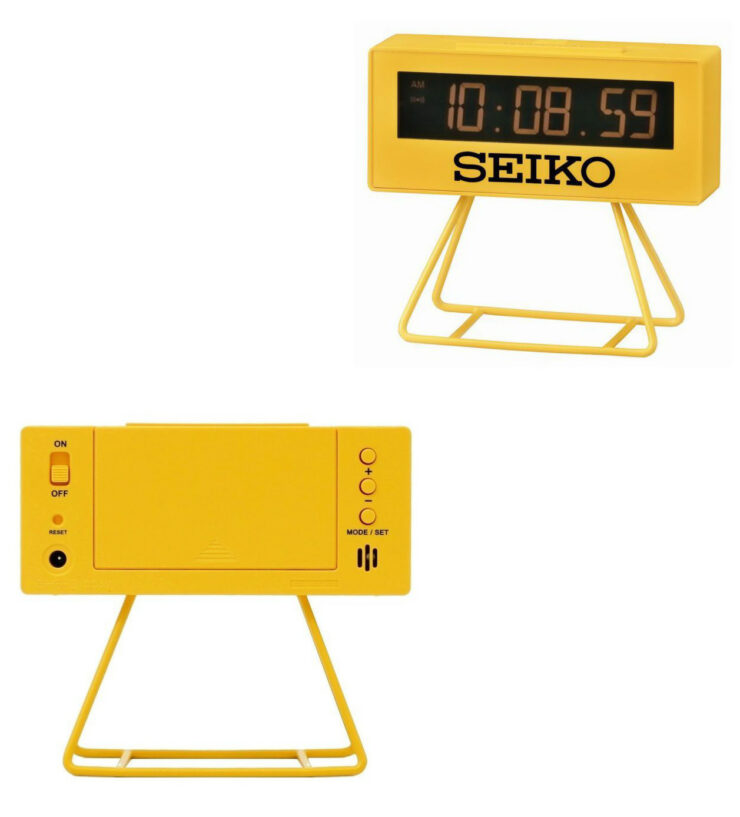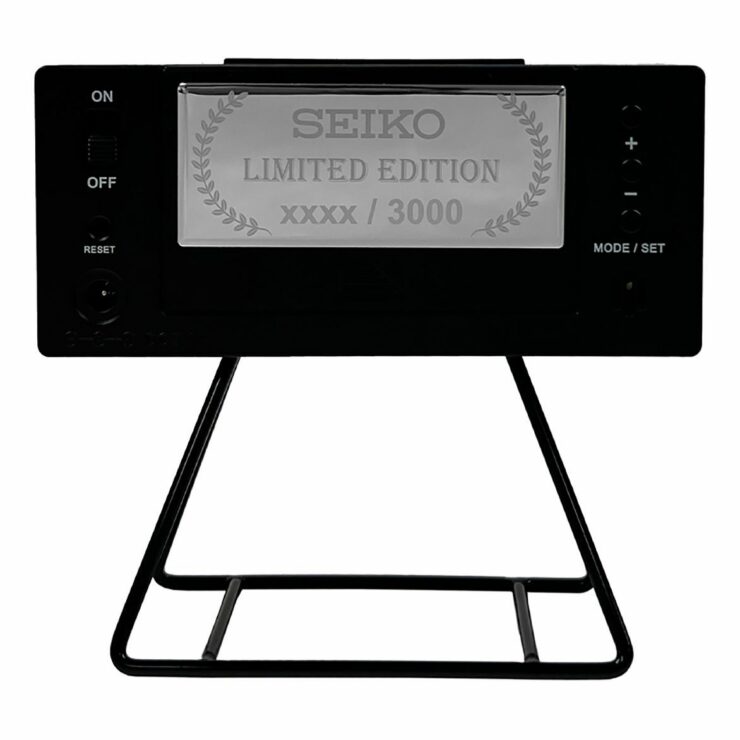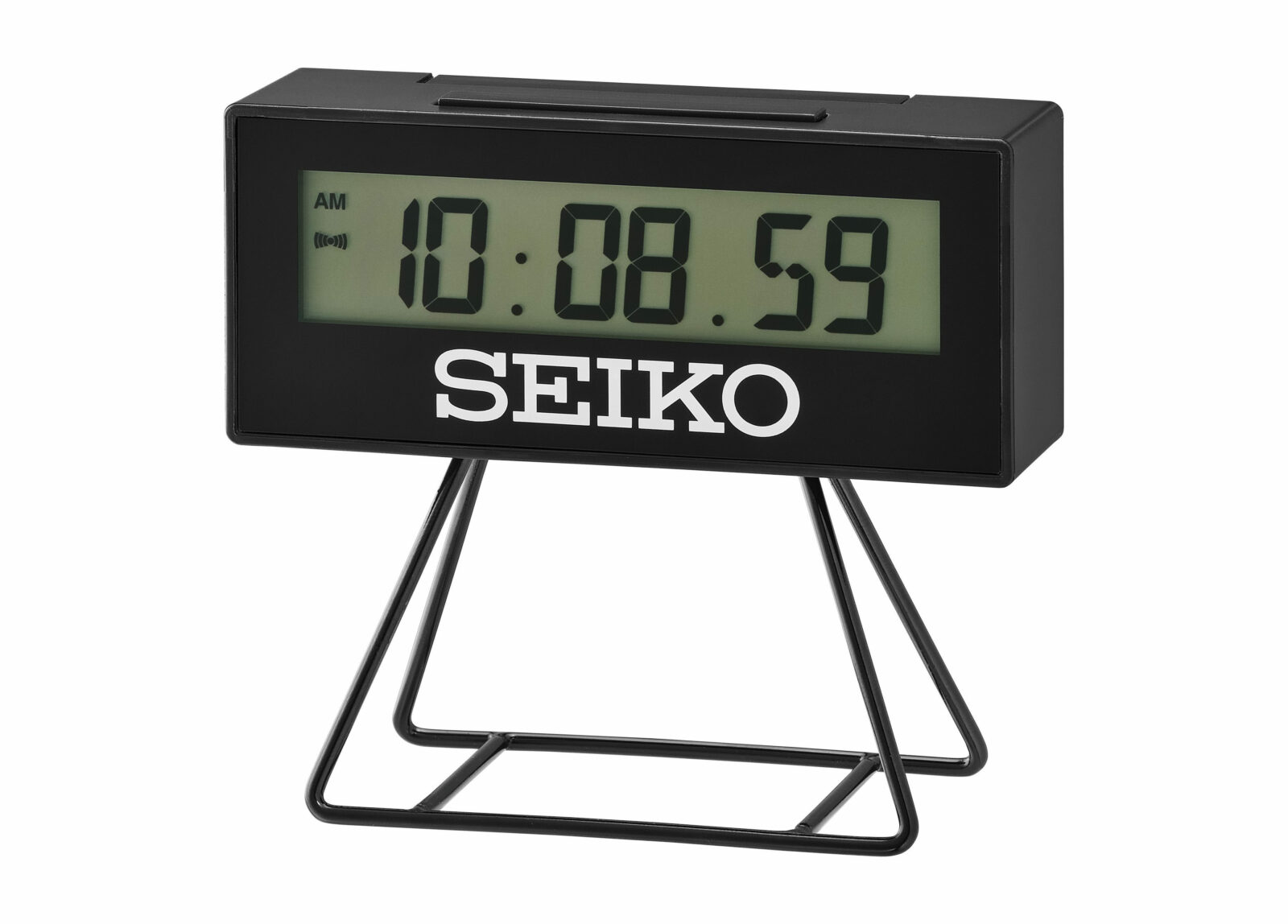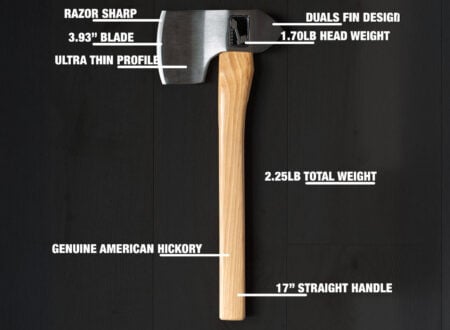This is the Seiko Olympia digital clock, it’s been carefully designed to look like the Japanese company’s famous marathon and Olympic timers but in a smaller form factor that makes it ideal for home use.
Most will likely use this clock in their bedroom as their morning alarm clock, but it’s also very well suited to being put to use as a garage clock, or as your primary clock in your shed, basement, study, or wherever you work on those projects that keep you up at night.
The Seiko Olympia doesn’t require mains power, it operates from twin AA batteries and it has a countdown timer, calendar, dial light, beep alarm with snooze, and regular time keeping functions. Interestingly, perhaps a result of its racing timepiece heritage the clock also has a 1-second stopwatch measuring elapsed time up to 100 hours.


The digital clock can be ordered in either black or yellow, both look just like the larger Seiko clocks you see at the World Athletics Championships and the Olympic Games, as Seiko is the official timekeeper for both.
A Seiko History Speedrun
Seiko was founded in 1881 by Kintaro Hattori in Tokyo’s Ginza district as a small watch and jewelry shop called “K. Hattori” (服部時計店). In 1892, Hattori expanded his business by establishing the Seikosha factory to produce wall clocks, laying the foundation for Seiko’s future as a timepiece manufacturer.
Seiko’s earliest major milestone was the production of its first pocket watch, the Timekeeper, in 1895. The company then introduced its first wristwatch, the Laurel, in 1913, followed by the first watches bearing the Seiko brand name in 1924.


In 1964, Seiko became the official timekeeper for the Tokyo Olympics, gaining global recognition in the process. The 1969 introduction of the Astron, the world’s first quartz wristwatch, revolutionized the watch industry with its unprecedented accuracy and battery life, positioning Seiko at the forefront of the “Quartz Revolution.”
The Seiko Olympia digital clock has collapsable legs for easy transport and it measures in at 4” high x 3.7” wide x 1.8” deep, or approximately 10.16 cm high × 9.398 cm wide × 4.572 cm deep. The clock retails for $60 USD and it has collapsable legs for easy transport.








